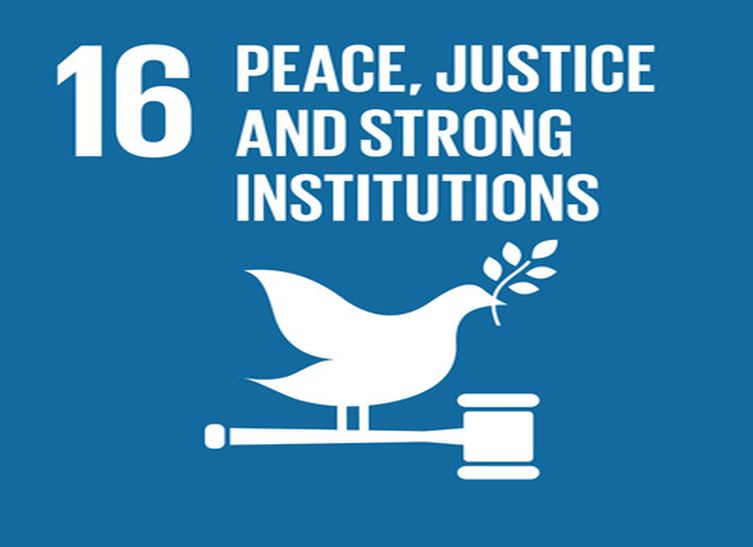Bridging Gaps in SDG 16

Image courtesy : http://www.un.org
February 28, 2017
By Gavin Davies
In July this year, the United Nations' High-Level Political Forum on Sustainable Development (HLPF) is set to hold its meeting on the post-2015 development agenda. With 44 countries up for review, it is important to have a comprehensive understanding of the indicators and criteria used by the states to measure progress on the Sustainable Development Goals (SDGs). It is vital to note that since the HLPF is voluntary and state-led, the capacity of the state's institutions to collect reliable data is instrumental for accurate assessments.
Ahead of the meeting, the Commonwealth Human Rights Initiative (CHRI) is working on a shadow report on SDG 16—which covers access to justice and inclusive institutions—to provide insights on how states are embracing the challenge to meet the goal, and to put pressure on the Commonwealth governments to meet the goals. However, a key impediment to such efforts is that much of the data required for monitoring SDG 16 is collected by national monitoring institutions. For instance, the largest body of evidence on justice in India is the National Crime Records Bureau (NCRB) and the decennial 2011 census. While both bodies are robust and are essential in monitoring cases of legal and demographic trends, they have often failed to provide up-to-date information and politically sensitive data.
A notable example of this is the lack of comprehensive information on the number of Human Rights Defenders (HRDs) who have been abused or killed, and the means for recourse and protection they have. HRDs are often critical of powerful actors, and therefore is in the greatest need of reliable protection of free speech and access to justice. In such instances, the most frequent advocates and reliable sources of information are independent civil society organizations (CSOs), and, to a lesser degree, companies working for the social good.
The latter has room for significant growth, as they have the means and funding to develop new reporting mechanisms, and provide data in a frequent and comprehensive manner. They are most useful in tracking areas with financial interests, such as fraud, and areas where media technology can be utilized, such as apps for personal safety reporting. Increasing awareness of the importance of these endeavours in all Commonwealth countries is key to improving the tools governments can use to meet many of the SDG targets.
But until the capacity for such organizations to assist in monitoring is fully realized, CSOs seeking to pressure governments to uphold the SDGs should be more creative in ways of measuring progress. When official national SDG-related data is not available, measurements should be derived by cataloguing government policies around resource management, advocating for greater transparency in funding, and following up on measures of risk reduction. This last area is particularly necessary in reporting on SDG 16, as it embodies policies aimed at reducing the risk of everything from child trafficking, to making communities safer, to deaths from terrorism—all of these areas have laws applying to them, but need to be monitored for the effectiveness of the implementation of those laws.
Also, focusing on these more creative ways of reporting on SDG goals will serve the purpose of bridging gaps in government capacity with international standards. This is important because even though the SDGs are global goals, at the end of the day it comes down to the capacity and will of national governments to implement them. Thus, while the actions Commonwealth countries can take will be limited by their capabilities, they should also be pushed by CSOs and private organizations to achieve more than the minimum SDG standards.